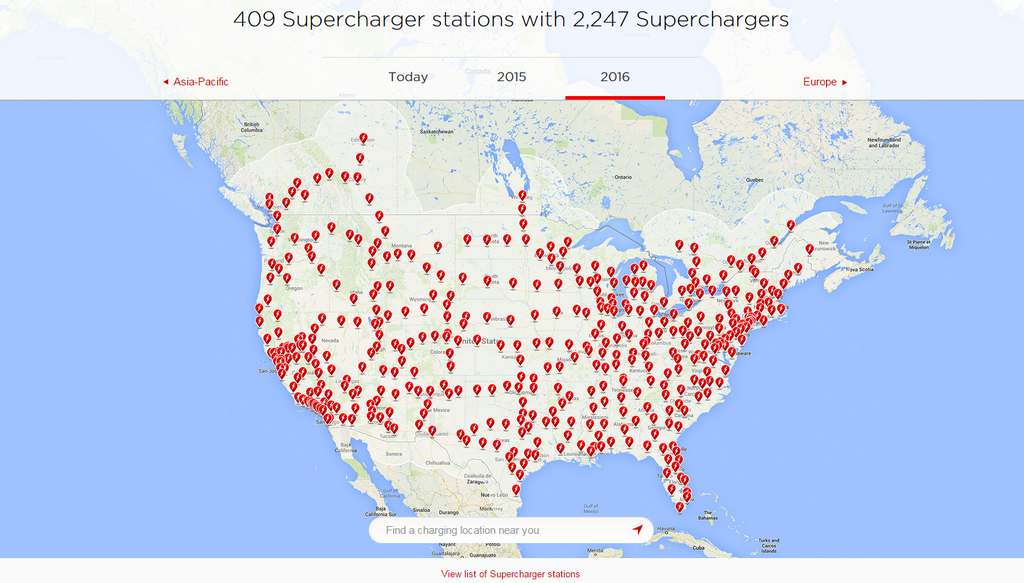Want To Compete in EV Charging Stations? I’m Not Sure You’re Barking Up the Right Tree

Working Around the Corpses of the Already Dead Contenders in this Space. The whole EV universe has had a string of sobering experiences, including the bankruptcies of both the Ecotality charging-station network and the Better Place service in Israel. Here’s a good article that asks the question: Does a market exist here at all?
Demand. Case studies show that the presence of more charging stations alleviates range anxiety; instead of charging their batteries at 50% or 60% state of charge (SOC), drivers will let the SOC fall to perhaps 20%. That’s good for the driver, but not necessarily for the charging station entrepreneurs, whose product doesn’t get used as much as its owner might have anticipated. The people at EPRI know a great deal about this; in fact, I learned it from Mark Duvall, Director of Energy Utilization at EPRI whom I interviewed for my first book (Renewable Energy – Facts and Fantasies).
Competition/Scale: Here’s what Tesla’s fast-charging station network (which they will share with owners of Nissan LEAFs, Ford Focus Electrics, BMW I3s, etc.) will look like by the end of next year.
Personally, I’m not sure I’d want to take this on.


As the long time reader mentioned above, I agree that building an EV charging network has challenges. However, this is a tremendous opportunity as the transition from gasoline to electric vehicles is the sort of change that only happens once in a generation, like railroads in the 1850s, or airplanes in the 1900s. For this post I’ll just respond to the three points that Craig makes.
1) WORKING AROUND THE CORPSES OF THE ALREADY DEAD CONTENDERS IN THIS SPACE. In business is often best to be a fast follower than the first to market. One can learn from their mistakes: standards become known, business models tried and discarded. Better Place tried to make battery-swapping work, but ran out of money ($850 million) building 21 stations before there were more than 1500 vehicles on the road. The battery swap model required too much investment for too small a base of customers while trying to start a whole new independent standard and was highly speculative from the start. Blink/Ecotality had a different problem; in short, it’s hard to raise prices a product that is unreliable. The company that learns the lessons of the first to market can survive and even thrive.
2) DEMAND. Here I can bring some first hand experience from our open charging location in West Marin to state that there is growing demand. Year over year demand has doubled and month to month charging sales grew during the winter season, though that’s when fewer people visit the coast. Gas stations have shown that even though gas is less expensive inland and gas burning cars have the range to refuel at cheaper stations, there is still enough demand to keep coastal gas stations open. With the lower range of the EV and lower cost of a recharge – most EV drivers don’t spend more than $10 – there has been plenty of usage and will continue to be. By combining advertising revenue, pay for charge, and renewable power generation to the mix, we expect the charging sites to be cash flow positive after the first year of operation. See this report by Navigant Research for a more bullish assessment of the Public EV charging market.
3) COMPETITION/SCALE: Tesla’s charging network is great and covers much of the nation. There are several other companies that are building charging networks in California including EVgo, Chargepoint and Blink. Why get into the competition? Because it can be done better and will take years for the competition to get to the sites on the coast. Contrary to Craig’s assertion, Tesla chargers charge only Tesla vehicles. Tesla has offered to let other manufacturers use Tesla’s charging standard in their vehicles, but there haven’t been any takers. Instead, BMW has announced it is working with Chargepoint. Nissan is looking at wireless instead of the Tesla standard for the 2017 Leaf.
I hope that addresses Craig’s points. With Craig’s permission, I’ll follow up soon with a post on why I believe I have a winning combination for EV charging.
You absolutely have my permission–and my most sincere best wishes for your success.